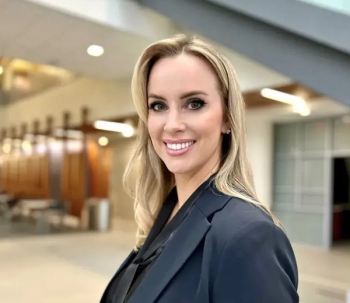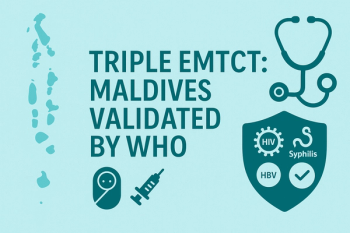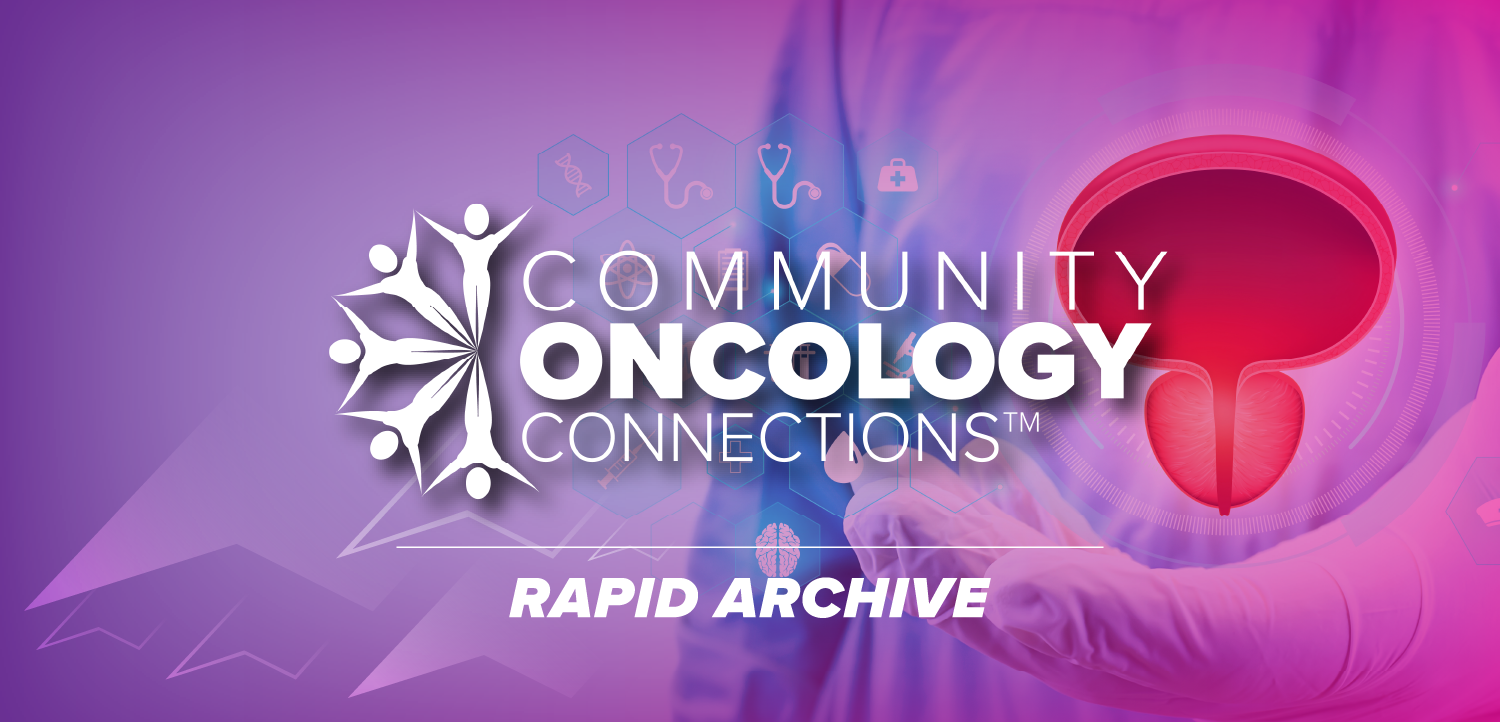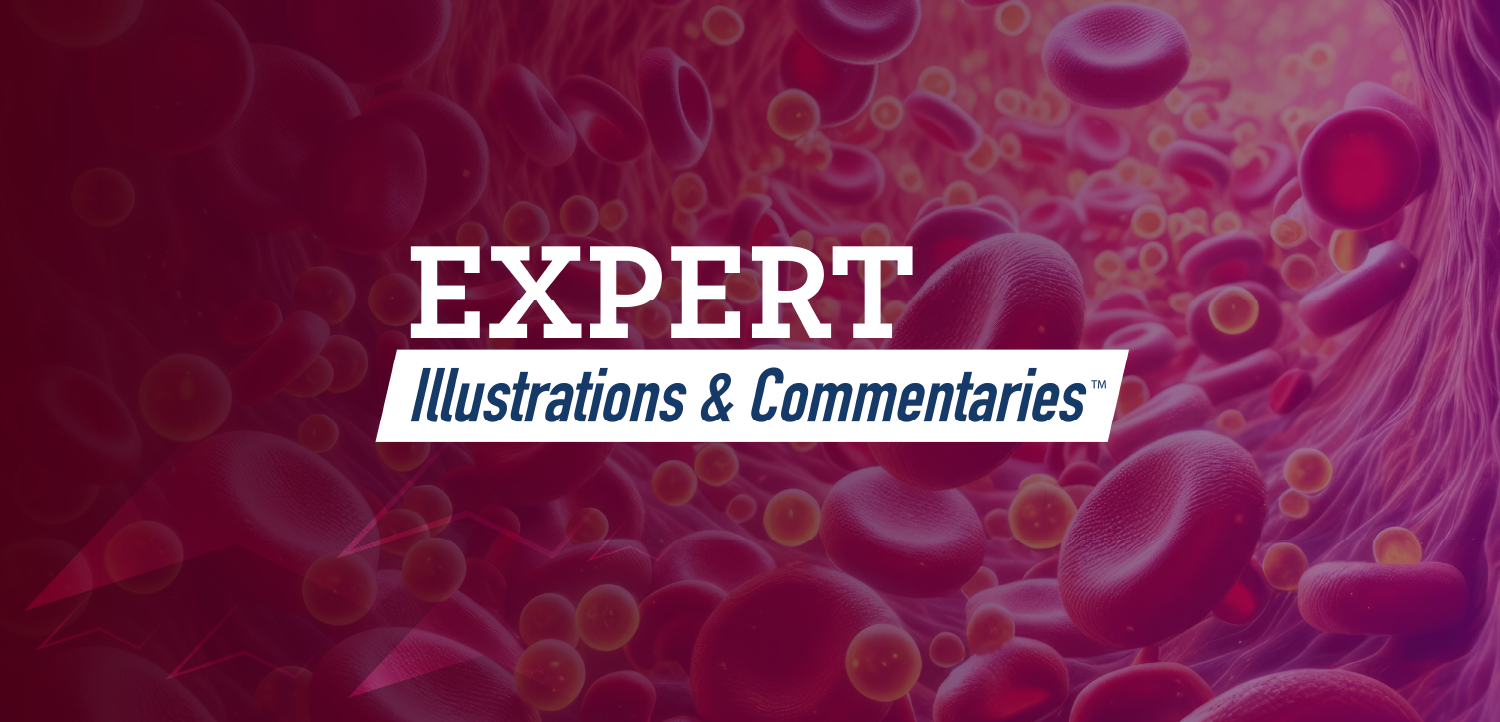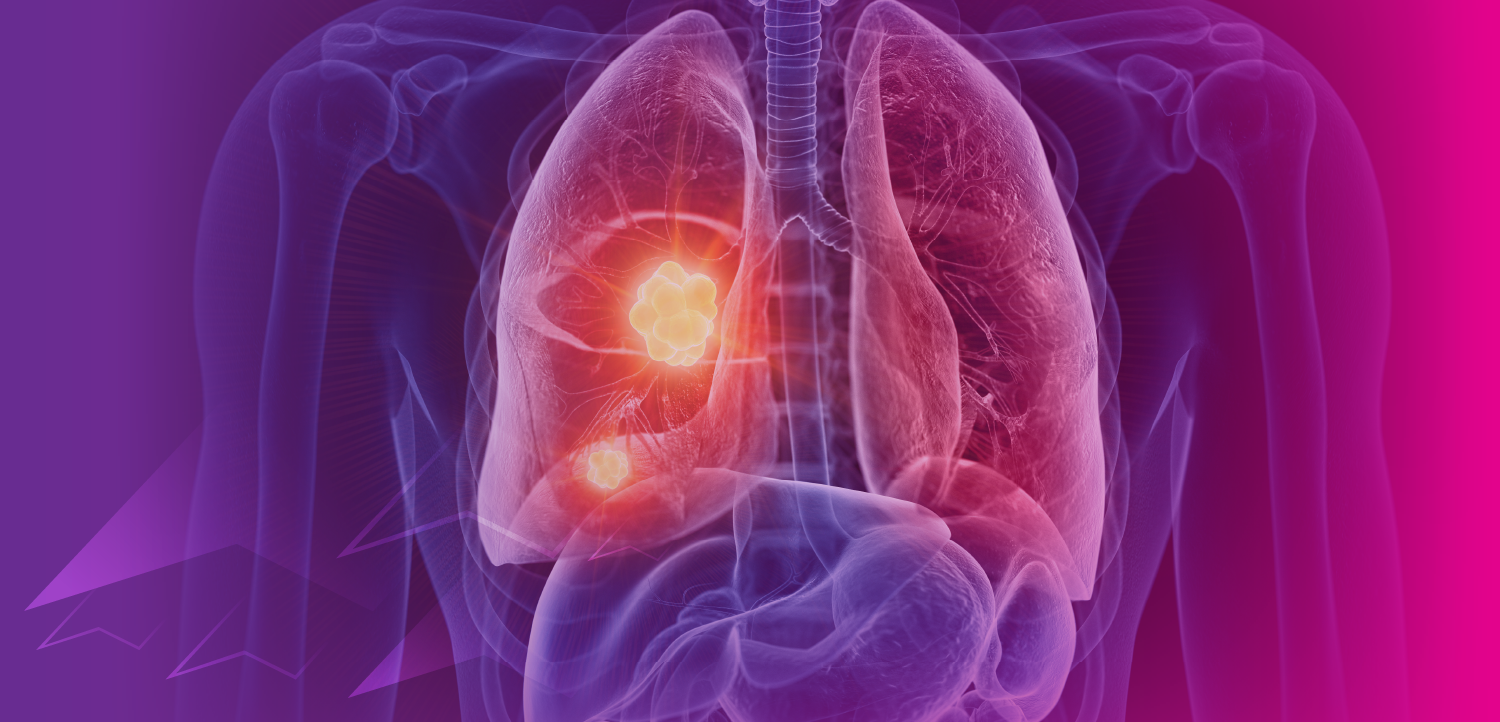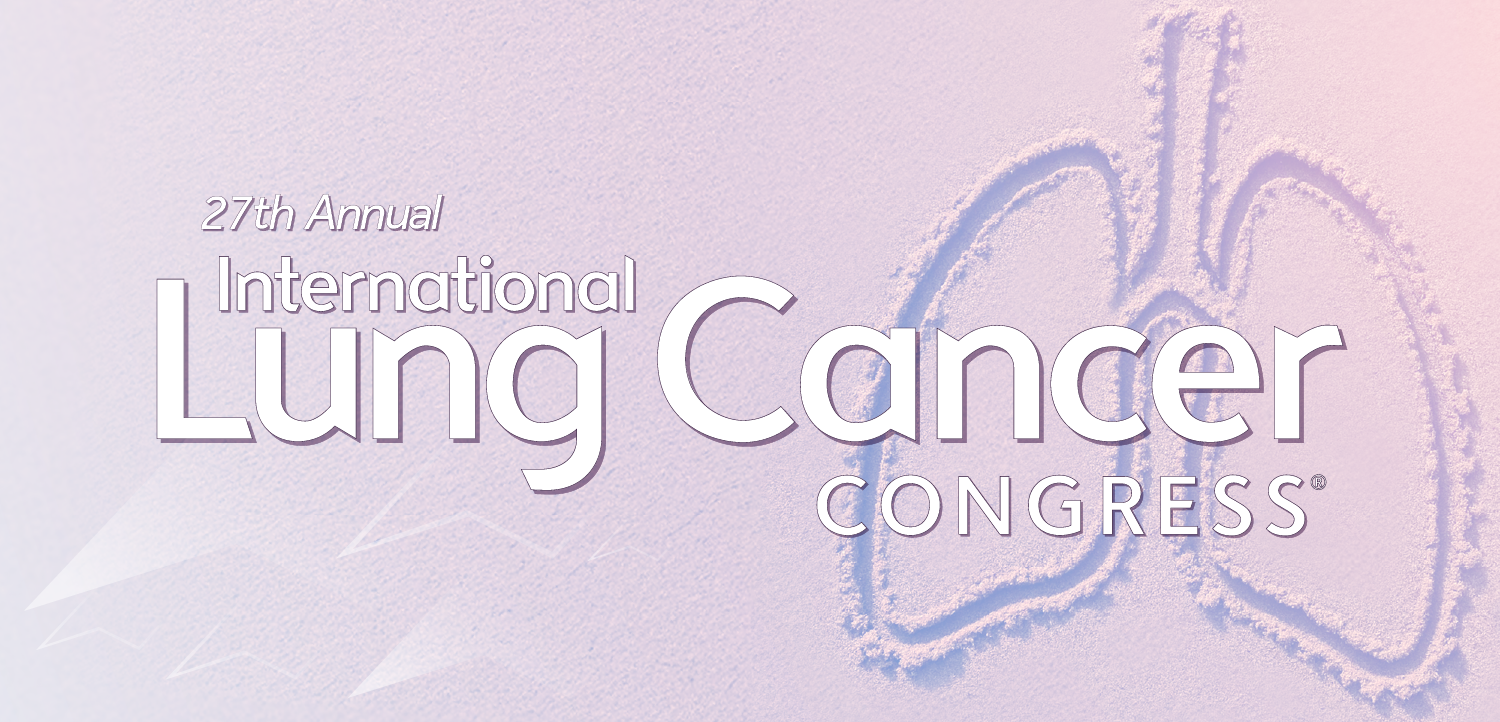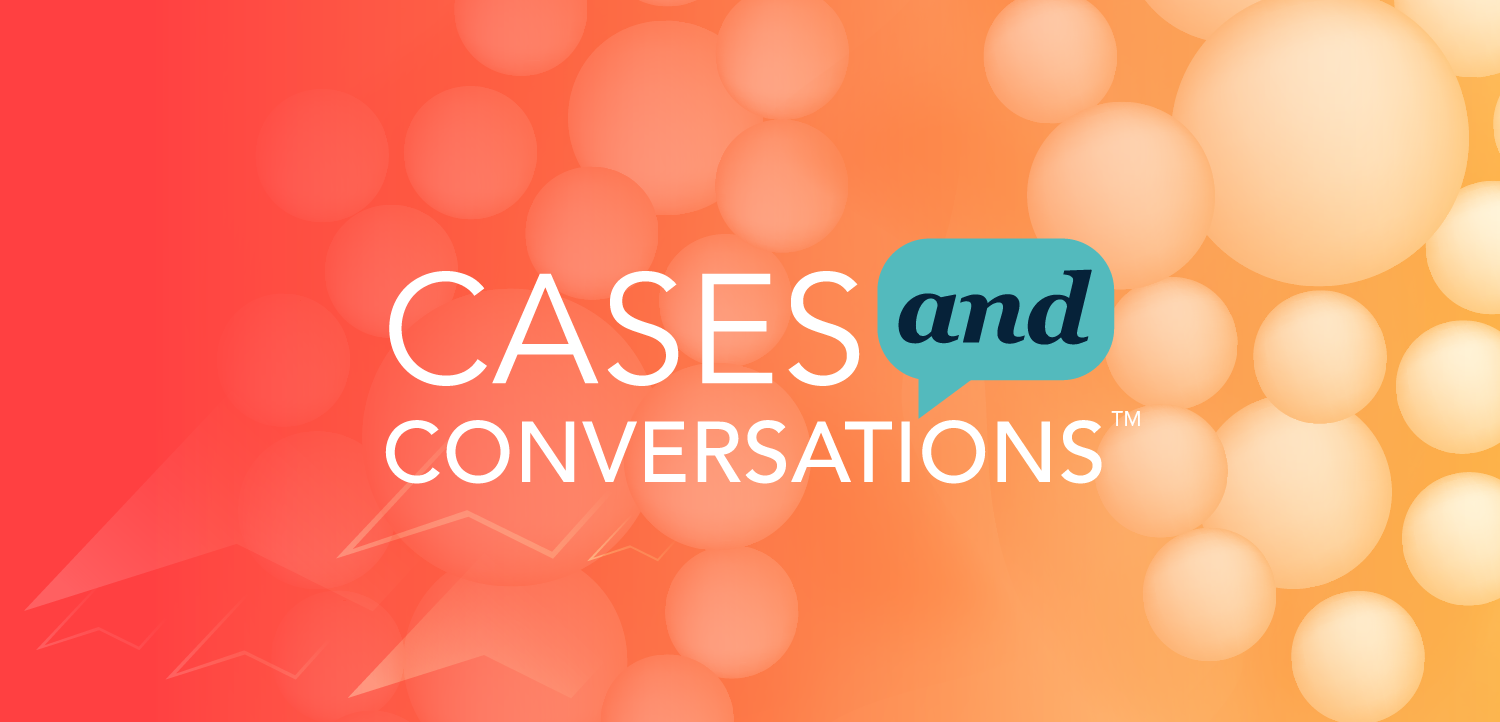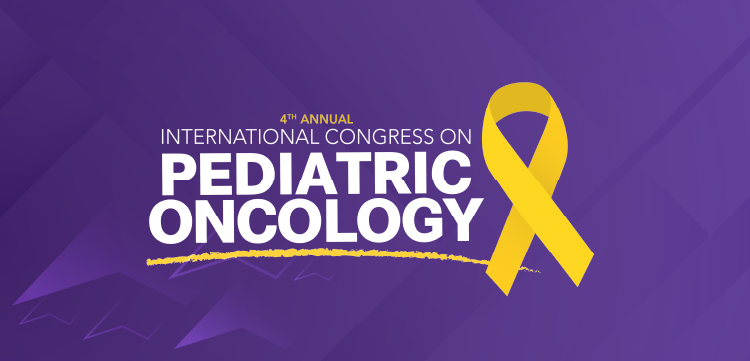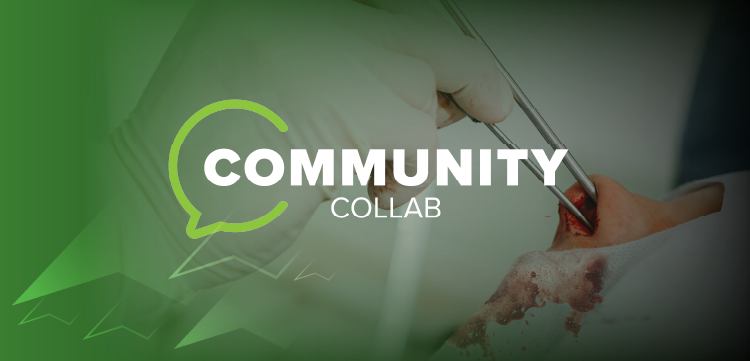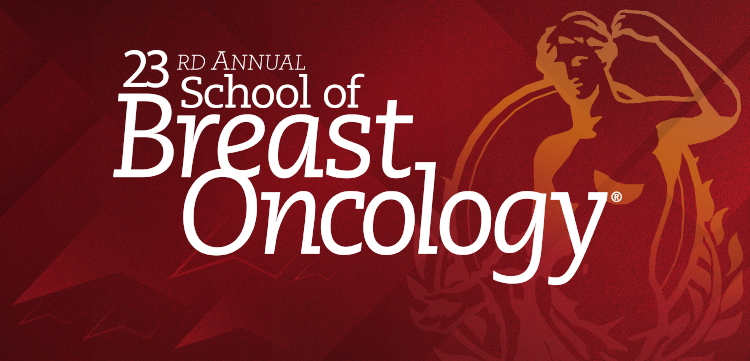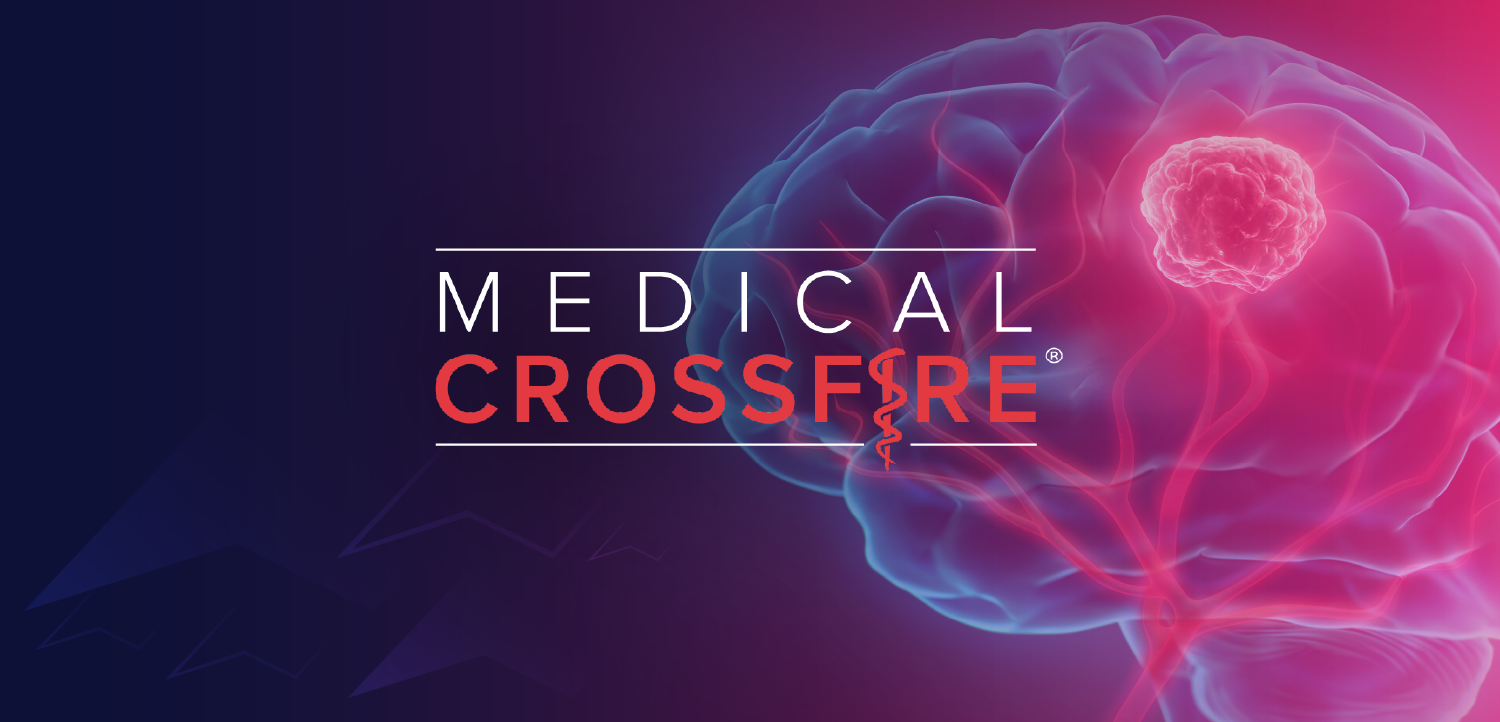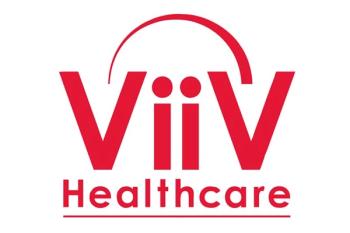
Higher Uptake of Paxlovid Could Dramatically Reduce Hospitalizations, Deaths
Simulations suggest deaths from COVID-19 could be cut in half if 80% of eligible patients took the antiviral therapy.
A new report is helping to quantify the potential impact of the antiviral therapy Paxlovid (nirmatrelvir and ritonavir) on future surges of COVID-19 cases.
In a research letter
Paxlovid was
Yet, uptake of Paxlovid got off to a slow start. According to
Bilinski and colleagues decided to use available data to see how broader uptake of Paxlovid might impact similar waves in the future. They created 10 models ranging from highly “optimistic” to highly “pessimistic” outcomes based on variables such as Paxlovid uptake and severity reduction.
The investigators began by noting that the therapy must be initiated within 5 days of symptom onset. In addition, the therapy may not be available to all patients due to drug interactions.
The authors estimated that 78% of COVID-19 cases in the US that will eventually require hospitalization are detected within 5 days of symptom onset, thus making those patients potentially eligible for Paxlovid therapy. Using estimates that 5% of eligible patients would take Paxlovid, and that Paxlovid would reduce hospitalization by 67% and mortality by 81%, the investigators calculated that the therapy would cut hospitalizations in a baseline scenario by 2.7% and mortality by 3.2%. In a separate model, looking specifically at people in nursing homes, Bilinski and colleagues estimated a 15% uptake level, which they said would have reduced hospitalizations by 7.7% and mortality by 9.3%. In a model assuming that 80% of eligible patients took Paxlovid, the authors calculated that 41.8% of hospitalizations and 50.5% of deaths could have been avoided.
Overall, if current levels of Paxlovid uptake had been achieved back in January 2022, the investigators said 4,800 deaths could have been averted. They also provided estimates of how many courses of Paxlovid would be needed for a future Omicron-like wave, but the numbers ranged widely depending on the scenario, from 400,000 courses to 39.8 million courses. The investigators concluded by noting that it is hard to pin down these data due to a lack of current data about Paxlovid usage and likely future shifts in the underlying parameters used to make these calculations.
“Nevertheless, in this rapidly changing landscape, we provide a simple, flexible framework for understanding the resource requirements and benefits associated with future expansions of the test-to-treat initiative,” they wrote.
Newsletter
Stay ahead of emerging infectious disease threats with expert insights and breaking research. Subscribe now to get updates delivered straight to your inbox.

